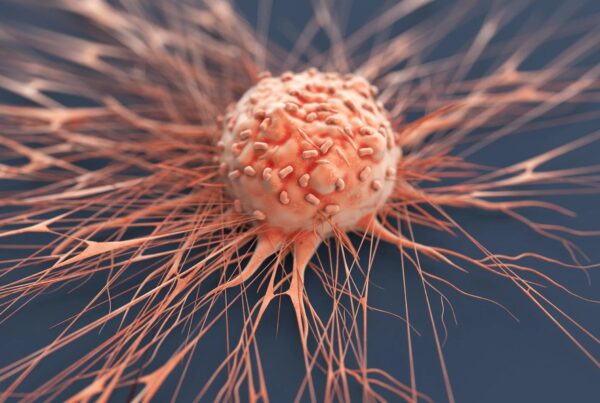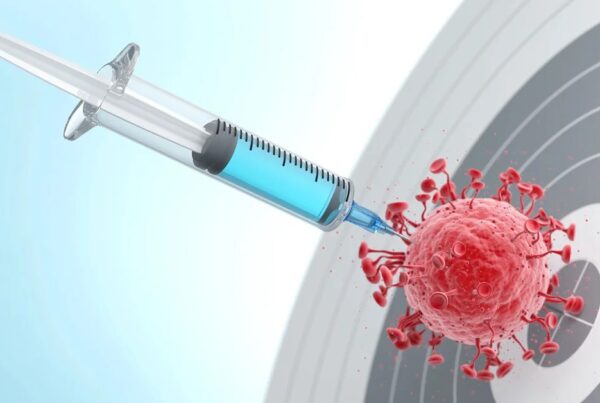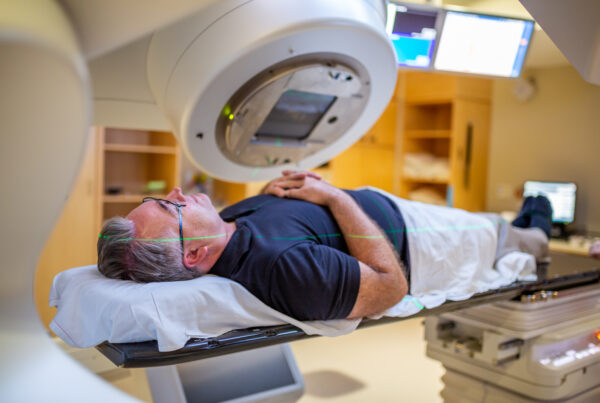Chemotherapy has been a cornerstone in cancer treatment for decades, relying on powerful, concentrated drugs to target rapidly growing cancer cells.
Despite recent advancements in targeted therapy and immunotherapy, chemotherapy still holds its place as a primary treatment option, either as a standalone therapy or in combination with other methods.
It’s a treatment approach that uses potent drugs to target rapidly dividing cancer cells, aiming to destroy them or slow their growth and spread.
These drugs, known as anticancer agents, work at different cellular levels, making them capable of affecting a wide range of cancer types.
Through years of extensive research and clinical trials, this option has proven effective in curing some tumors, prolonging life, and improving its quality.
At Liva Hospital in Turkey, chemotherapy is applied within individualized and meticulously planned protocols, thanks to a multidisciplinary medical team and advanced technologies.
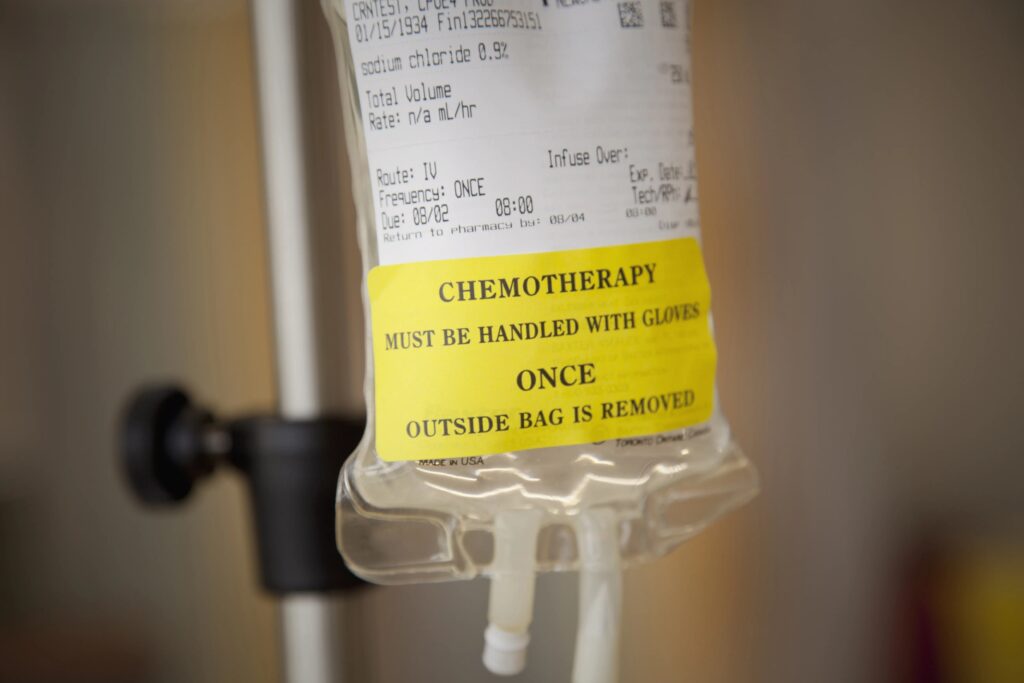
The Concept of Chemotherapy
Chemotherapy is based on a fundamental principle of targeting cells that grow and divide rapidly, a distinguishing characteristic of cancer cells.
Cancer cells proliferate uncontrollably and abnormally, making them more susceptible to chemical substances that interfere with their life cycle.
Chemotherapy drugs work through various mechanisms to disrupt these cells, including damaging their DNA, preventing them from dividing and multiplying, interfering with the synthesis of proteins essential for cell growth, or even inducing programmed death of cancer cells.
The challenge with chemotherapy is that rapidly dividing healthy cells in the body, such as bone marrow cells, hair follicles, and the lining of the digestive tract, can also be affected by these drugs, leading to known side effects.
However, the difference lies in the fact that healthy cells have a better ability to repair themselves and recover from damage, while cancer cells lack this ability, leading to their death.
This basic principle is what makes chemotherapy an effective weapon against cancer, as it exploits a fundamental weakness in the nature of malignant cells.
Types of Chemotherapy Drugs
Chemotherapy drugs vary widely and are classified based on their chemical mechanisms and how they affect cancer cells.
This diverse arsenal allows doctors to choose the most effective drugs for specific types of cancer and tailor the treatment plan for each patient. Prominent categories of chemotherapy drugs include:
- Alkylating Agents: These drugs work by adding an alkyl group to the cell’s DNA, damaging it and preventing its replication and division. Examples include Cyclophosphamide and Carboplatin.
- Antimetabolites: These drugs interfere with the normal metabolic processes of cells by mimicking natural molecules essential for DNA and protein synthesis, thereby deceiving cancer cells and stopping their growth. Examples include Fluorouracil and Methotrexate.
- Antitumor Antibiotics: Although not antibiotics in the traditional sense (for fighting bacteria), these drugs are used in cancer treatment by altering the cancer cell’s DNA and preventing its replication. Examples include Doxorubicin and Bleomycin.
- Topoisomerase Inhibitors: These drugs target topoisomerase enzymes, which are essential for unwinding and winding DNA during cell division, leading to DNA breakage and cell death. Examples include Etoposide and Irinotecan.
- Plant Alkaloids: These drugs are extracted from plants and work by preventing cell division by disrupting microtubules, which are essential structures in the cell during division. Examples include Paclitaxel and Vincristine.
In addition to these main categories, there are other chemotherapy drugs with unique mechanisms of action, allowing doctors to design customized treatment protocols for each type of cancer.
Uses of Chemotherapy
Chemotherapy’s role extends beyond simply being a tool to kill cancer cells; it plays multiple and pivotal roles at various stages of a comprehensive cancer treatment plan.
- Firstly, chemotherapy can be used as primary treatment, aiming to eliminate cancer cells and shrink tumors, especially in chemotherapy-sensitive cancers, or when the tumor has spread throughout the body.
- Secondly, it is used as adjuvant therapy after surgery or radiation. In this case, the goal is to destroy any remaining cancer cells that may not be visible to the naked eye or on imaging, thereby reducing the risk of cancer recurrence and spread.
- Thirdly, chemotherapy is used as neoadjuvant therapy before surgery or radiation. Here, the goal is to shrink large tumors, making them easier to surgically remove completely or making surgery less invasive, or even allowing for a surgery that was previously impossible.
- Fourthly, chemotherapy plays a vital role in palliative therapy. In cases of advanced or metastatic cancer where a cure is not possible, chemotherapy is used to alleviate painful symptoms caused by cancer, such as pain from tumor pressure, bleeding, or blockages, significantly improving patients’ quality of life.
- Fifthly, chemotherapy can be used in the treatment of metastatic cancers to control disease spread and prolong the patient’s life, even if a complete cure is not possible. These diverse roles make chemotherapy a cornerstone in many modern cancer treatment protocols.
Common Side Effects of Chemotherapy
Understanding the side effects of chemotherapy is an integral part of the treatment journey, as these effects can impact the patient’s quality of life.
These effects result from the drugs’ impact on rapidly dividing cells throughout the body, not just cancer cells. Among the most common side effects are:
- Nausea and Vomiting: Among the most well-known side effects, largely controllable with strong and effective anti-nausea medications given before and after treatment sessions.
- Fatigue (Extreme Tiredness): Very common and can be debilitating. Adequate rest, good nutrition, and light physical activity whenever possible are recommended.
- Hair Loss: Occurs due to the impact on rapidly growing hair follicles. It is usually temporary, and hair grows back after treatment ends.
- Myelosuppression (Bone Marrow Suppression): Leads to a decrease in blood cell counts:
- Anemia: Low red blood cell count, causing fatigue and shortness of breath.
- Leukopenia/Neutropenia: Low white blood cell count, increasing the risk of infection. Injections to boost white blood cell production may be given.
- Thrombocytopenia: Low platelet count, increasing the risk of bleeding and bruising.
- Mucositis: Sores and inflammation in the lining of the mouth, throat, and digestive tract, which can make eating and swallowing painful.
- Changes in Appetite and Taste: Food may become tasteless or acquire a metallic taste.
- Peripheral Neuropathy: Nerve damage causing numbness, tingling, or pain in the hands and feet, especially with some types of chemotherapy drugs.
Managing these side effects requires careful management by the medical team, including supportive medications, dietary adjustments, and lifestyle changes, to ensure patient comfort and their ability to complete treatment.
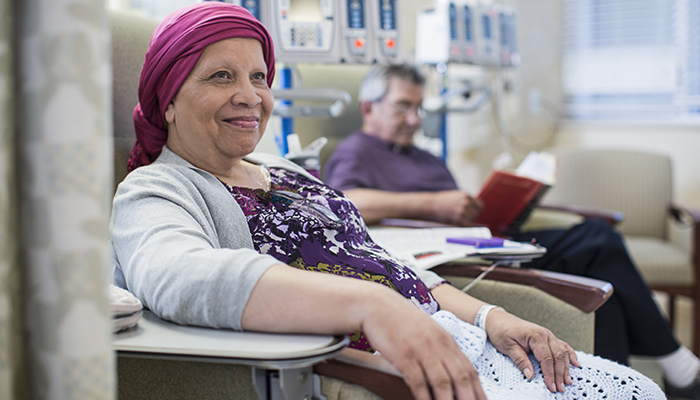
Final Word
For decades, chemotherapy has been a cornerstone in the fight against cancer, a refuge for those facing this fierce disease.
It has saved millions of lives, prolonged the lives of others, and alleviated their suffering.
Although its challenges and side effects are undeniable, continuous progress in understanding its mechanisms and developing new drugs and improved delivery techniques, in addition to its effective integration with modern therapies.
Chemotherapy is not just medication; it is a symbol of hope and perseverance, an embodiment of the efforts of scientists and doctors who work tirelessly to improve the lives of cancer patients.
Every drop of these medications carries a promise of a better future, lighting a candle of hope in dark paths, and confirming that the battle against cancer continues, and that science never stops offering solutions.
At Liva Hospital in Turkey, this technique is transformed into an integrated, individualized, and less impactful treatment plan, accompanied by a comprehensive global patient support plan.
Frequently Asked Questions
Is chemotherapy the only option for cancer treatment?
No, chemotherapy is one of several cancer treatment options. Other options include surgery, radiation therapy, targeted therapy, immunotherapy, and stem cell transplantation. Chemotherapy is often used in combination with one or more of these other treatments.
Is hair loss inevitable with chemotherapy?
Not always. Hair loss depends on the type and dose of chemotherapy drugs used. Some drugs cause no hair loss at all, while others cause partial or complete hair loss. Hair loss is usually temporary, and hair grows back after treatment ends.
Can I work or live my life normally during chemotherapy?
This depends on the type of chemotherapy, the dose, and the side effects you experience, as well as the nature of your work or activities.
Is chemotherapy painful?
Typically, the injection of chemotherapy drugs itself does not cause pain, although some drugs may cause a tingling or burning sensation at the injection site. Actual pain usually comes from the side effects of the treatment, such as mucositis or neuropathic pain, which can be managed with medication.
How long does a chemotherapy cycle take?
The duration of a chemotherapy cycle varies greatly. A single session can range from a few minutes to several hours. Drugs are usually given in treatment “cycles,” interspersed with rest periods that may last one, two, or three weeks between each cycle, to allow the body to recover.
Can I take dietary supplements or herbs during chemotherapy?
You should always consult your doctor before taking any dietary supplements or herbs during chemotherapy. Some supplements can interact with chemotherapy drugs and reduce their effectiveness or increase their side effects.

